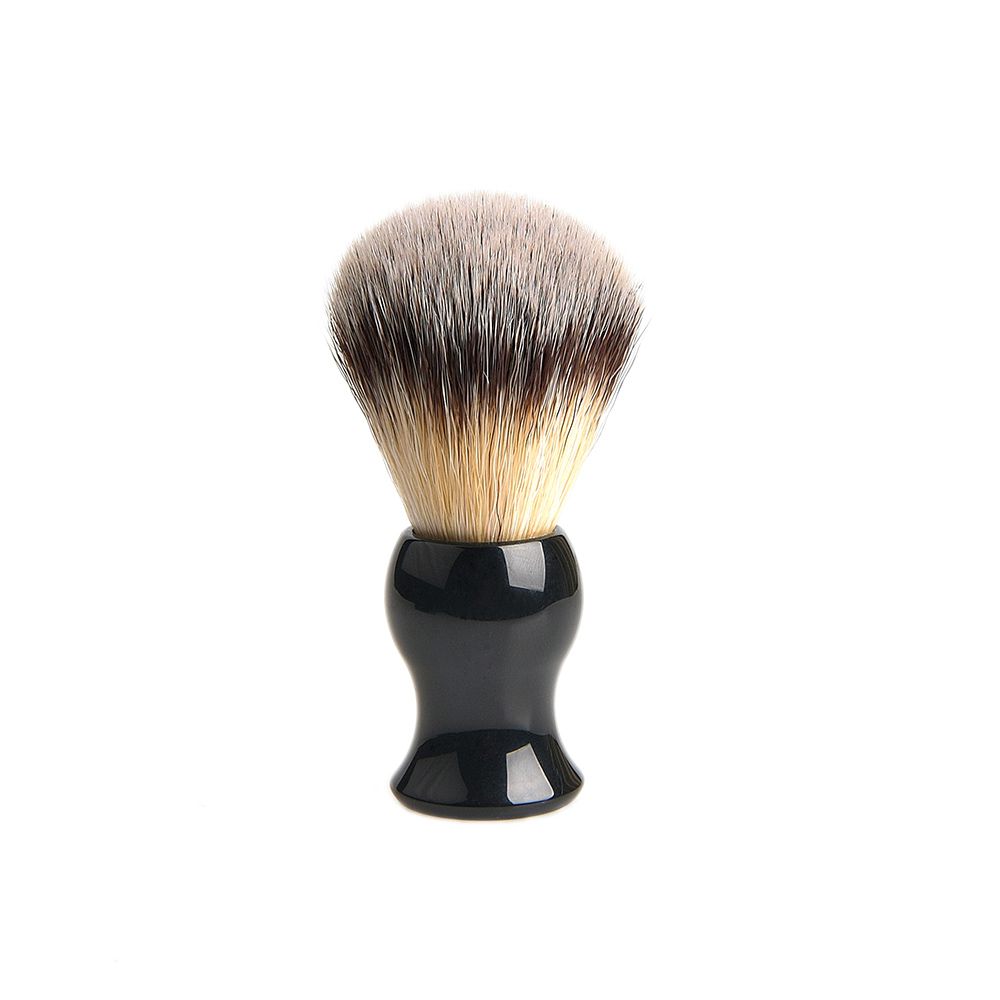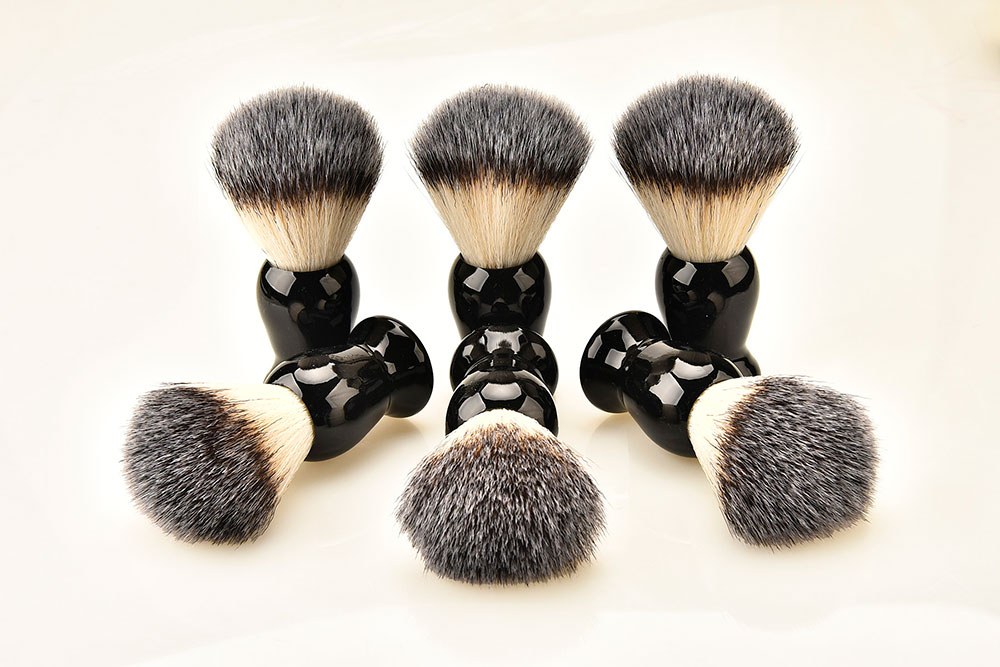Industry news
The Influence of Fashion Trends on Shaving Brush Design
- 467 Views
- 2025-08-28 02:31:53
The Influence of Fashion Trends on Shaving Brush Design
In the evolving landscape of men’s grooming, the shaving brush has transcended its functional roots to become a statement piece—one where utility meets aesthetics. As fashion trends shape consumer preferences for style, sustainability, and individuality, they increasingly dictate the design language of shaving brushes, from material selection to silhouette, color palettes, and artisanal details. This interplay between fashion and function reveals how grooming tools are no longer just accessories but reflections of broader cultural and sartorial shifts.
Materials: From Tradition to Sustainability
Historically, shaving brushes relied on natural materials like badger or boar hair for their lathering properties, paired with polished wood or horn handles. Today, the fashion industry’s pivot toward sustainability and ethical consumption has upended this norm. The rise of veganism and eco-consciousness—key trends in fashion over the past decade—has driven demand for cruelty-free alternatives. Synthetic fibers, engineered to mimic the softness of natural hair while avoiding animal-derived materials, now dominate the market: data from Grand View Research shows the vegan personal care sector, including grooming tools, grew at a CAGR of 6.3% from 2020 to 2025, with “vegan shaving brushes” emerging as a top search term. Brands like Taylor of Old Bond Street and Edwin Jagger have launched full synthetic lines, aligning with fashion’s “clean beauty” movement that prioritizes transparency and ethical sourcing.

Silhouettes: Riding the Wave of Style Cycles

Fashion’s cyclical nature—where复古 (retro) and contemporary styles ebb and flow—directly influences shaving brush silhouettes. The 2010s saw a resurgence of Art Deco-inspired design in fashion, characterized by bold geometric patterns and streamlined symmetry; this translated to shaving brushes with angular, chrome-plated handles and stepped profiles, echoing the era’s glamour. In contrast, the 2020s’ minimalist trend, popularized by brands like The Row and Jil Sander, has shifted designs toward understated elegance: slim, cylindrical handles in matte finishes, and compact brush heads that prioritize functionality without excess. Even the “maximalism” trend of 2023, with its bold prints and exaggerated proportions, made its mark—limited-edition brushes featured oversized, sculptural handles adorned with hand-painted motifs, blurring the line between grooming tool and art object.
Color: Pigmenting Trends into Design
Fashion’s seasonal color forecasts, led by authorities like Pantone, have become a compass for shaving brush aesthetics. Brands now align brush handle hues with annual “Color of the Year” announcements to stay relevant. For instance, when Pantone named “Classic Blue” its 2020 color, luxury grooming label Truefitt & Hill released a limited-edition brush with a deep blue resin handle, capitalizing on the shade’s association with calm and sophistication. Similarly, 2023’s “Viva Magenta”—a vibrant, energetic tone—inspired independent artisans to craft brush handles in marbled magenta acrylic, targeting younger consumers drawn to bold, Instagram-worthy grooming tools. This color synergy not only boosts brand visibility but also positions shaving brushes as cohesive elements in men’s broader style ecosystems, from bathroom decor to travel kits.
Craftsmanship: The Rise of “Slow Fashion” in Grooming
The fashion industry’s backlash against mass production—epitomized by the “slow fashion” movement—has elevated artisanal craftsmanship in shaving brush design. Today, discerning consumers seek products with storytelling and uniqueness, mirroring their preference for handcrafted clothing and accessories. High-end brands now highlight techniques like hand-turned briar wood handles, hand-painted porcelain, or custom-engraved metal ferrules (the ring connecting brush head to handle). A 2022 survey by Men’s Grooming Insights found that 68% of premium shaving brush buyers prioritize “handmade” or “artisanal” labels, valuing the same artisanal integrity as they do in luxury watches or leather goods. This shift not only caters to fashion’s emphasis on authenticity but also creates emotional connections, turning functional tools into heirloom pieces.
Consumer Demand: Grooming as Self-Expression
At the heart of this evolution lies changing consumer behavior. The global men’s grooming market, valued at $61.3 billion in 2023 (Statista), is no longer driven by utility alone. Modern consumers—particularly millennials and Gen Z—view grooming products as extensions of personal style, akin to watches or sneakers. As fashion media expands its coverage of men’s grooming (publications like GQ now feature “best shaving brushes” alongside runway reviews), design becomes a key differentiator. A sleek, trend-aligned shaving brush signals taste and attention to detail, making it a status symbol in male grooming routines.
Conclusion: Fashion as a Catalyst for Innovation
Fashion trends do more than dictate shaving brush aesthetics—they drive material innovation,工艺升级 (craftsmanship refinement), and consumer engagement. From sustainable synthetic fibers responding to eco-consciousness to artisanal designs mirroring slow fashion, the relationship between fashion and shaving brush design is symbiotic. As men’s grooming continues to merge with lifestyle and fashion, expect to see more跨界合作 (collaborations) between grooming brands and fashion labels, and further blurring of lines between “tool” and “accessory.” In this dynamic landscape, the shaving brush stands as proof that even the most functional products are shaped by the ever-changing tides of style.











